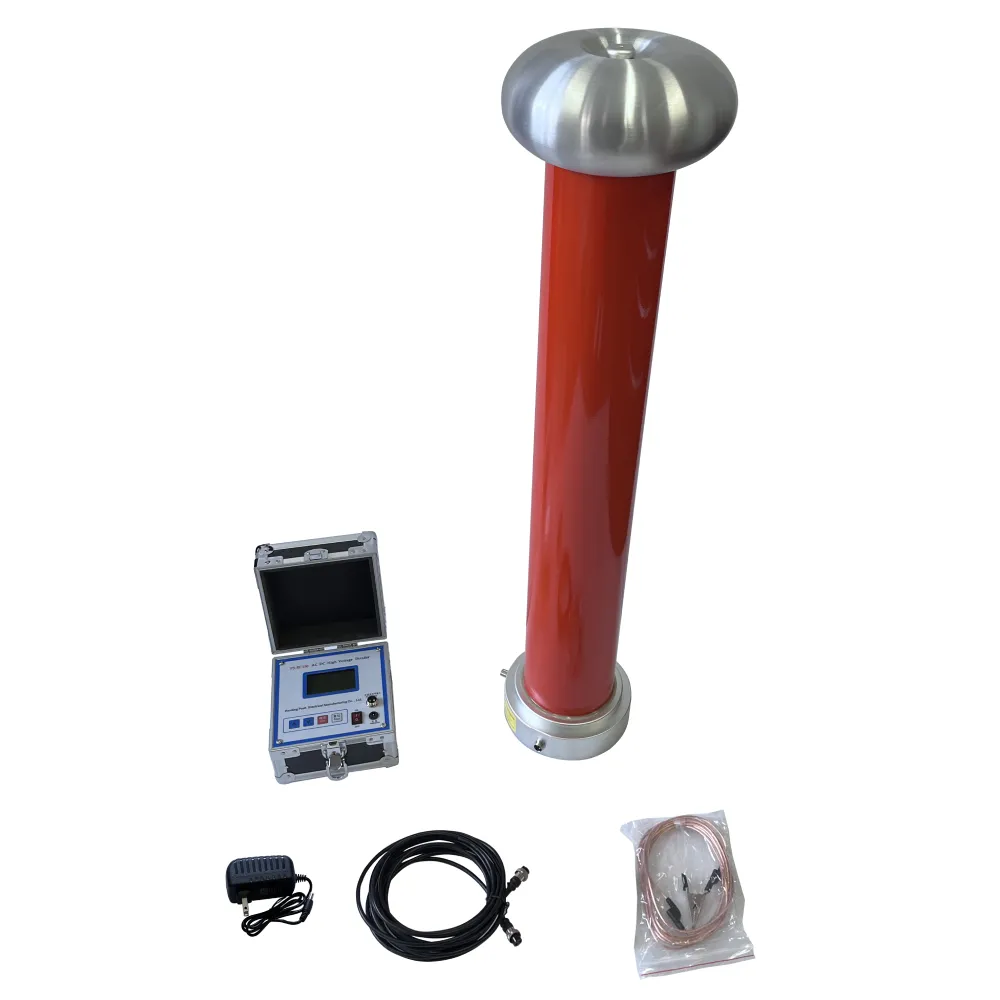 English
English


Compact and Versatile Gas Chromatography Solutions for Modern Laboratories
Portable GC Revolutionizing Gas Chromatography in Field Applications
Gas chromatography (GC) has long been a cornerstone analytical technique in laboratories for the separation, identification, and quantification of volatile compounds. Traditionally, labs utilize large, stationary GC systems that require a significant amount of infrastructure and are limited to controlled environments. However, technological advancements have paved the way for the development of portable gas chromatography devices, revolutionizing the accessibility and versatility of this essential tool.
The emergence of portable gas chromatography marks a significant breakthrough in various fields, including environmental monitoring, food safety, drug testing, and even field research in remote locations. These compact devices allow scientists and technicians to conduct analyses on-site rather than transporting samples back to the laboratory, which can introduce errors and lead to time delays. By providing real-time results, portable GCs enhance decision-making processes, particularly in critical situations such as hazardous material spills or rapid food safety testing.
Portable GC Revolutionizing Gas Chromatography in Field Applications
The applications of portable gas chromatography are vast. In environmental monitoring, these devices play a crucial role in assessing air quality, detecting volatile organic compounds (VOCs), and monitoring pollutants around industrial sites. Contaminated sites can now be evaluated directly in the field, leading to quicker interventions and remediation strategies. In the food industry, portable GCs are utilized for ensuring compliance with safety standards by detecting harmful substances or verifying the purity of essential oils, spices, and other food products.
portable gc

Another vital application is in the field of forensics. Portable GC instruments are crucial for law enforcement officers who need to perform quick screening of substances at crime scenes. The ability to analyze unknown substances on-site can expedite investigations and enhance the collection of evidence, significantly impacting criminal justice outcomes.
Moreover, the flexibility of portable GCs extends to medical applications as well. For instance, researchers are exploring the use of these devices in breath analysis, potentially allowing for non-invasive tests that could screen for various medical conditions, including infections or metabolic disorders.
Despite their advantages, users of portable gas chromatography must also consider factors such as calibration, maintenance, and reliability under field conditions. Ensuring accurate results in variable environments can be challenging, thus emphasizing the need for ongoing improvements in technology and training for users.
In conclusion, portable gas chromatography represents a remarkable leap forward in analytical chemistry. Its ability to bring laboratory-quality analysis directly to the field enhances the efficiency and effectiveness of various applications across multiple sectors. As technology continues to advance, we can anticipate even greater capabilities and expanded uses for portable GC systems, ultimately contributing to improved safety, compliance, and scientific understanding in our world.
-
Differences between open cup flash point tester and closed cup flash point testerNewsOct.31,2024
-
The Reliable Load Tap ChangerNewsOct.23,2024
-
The Essential Guide to Hipot TestersNewsOct.23,2024
-
The Digital Insulation TesterNewsOct.23,2024
-
The Best Earth Loop Impedance Tester for SaleNewsOct.23,2024
-
Tan Delta Tester--The Essential Tool for Electrical Insulation TestingNewsOct.23,2024





